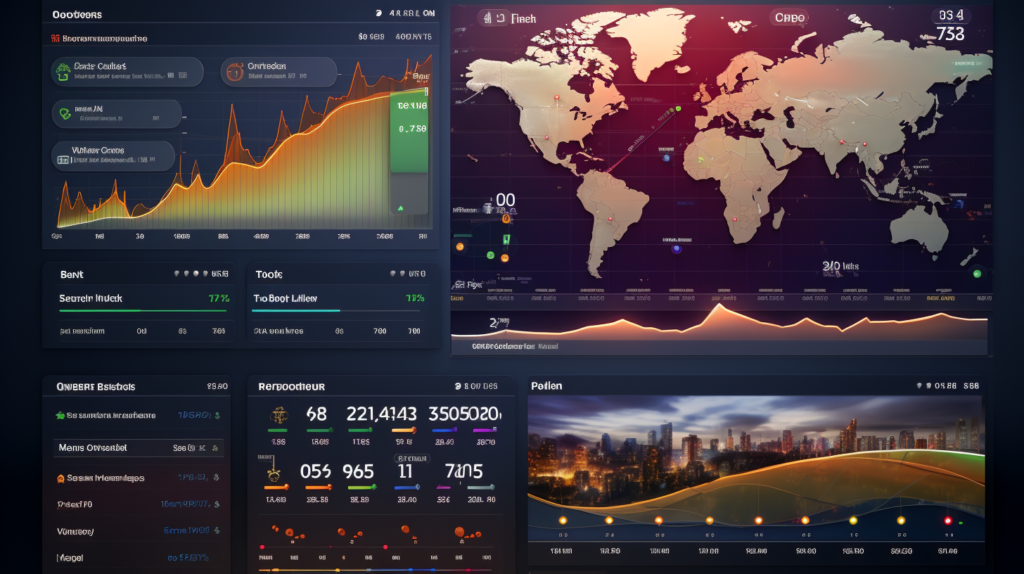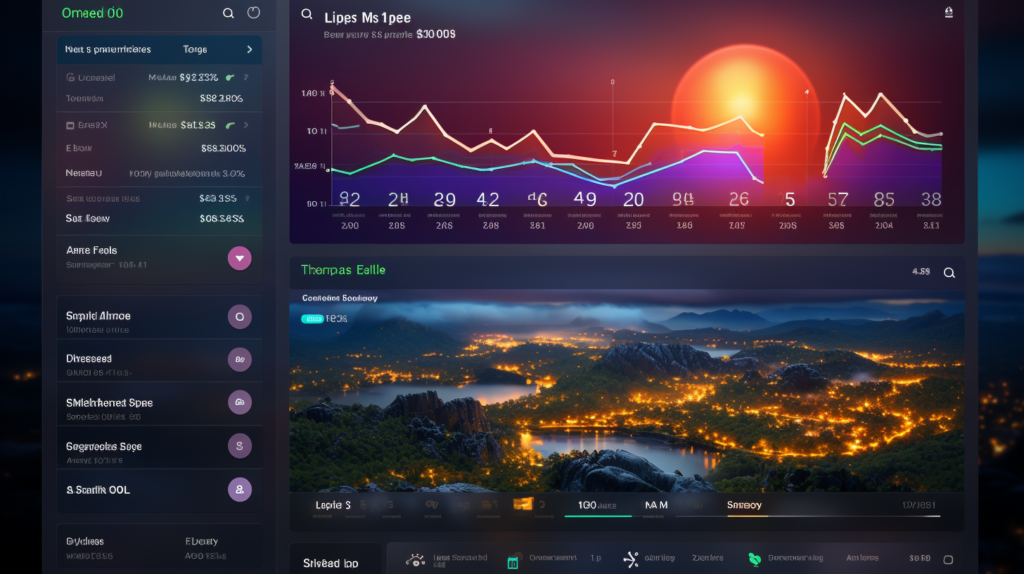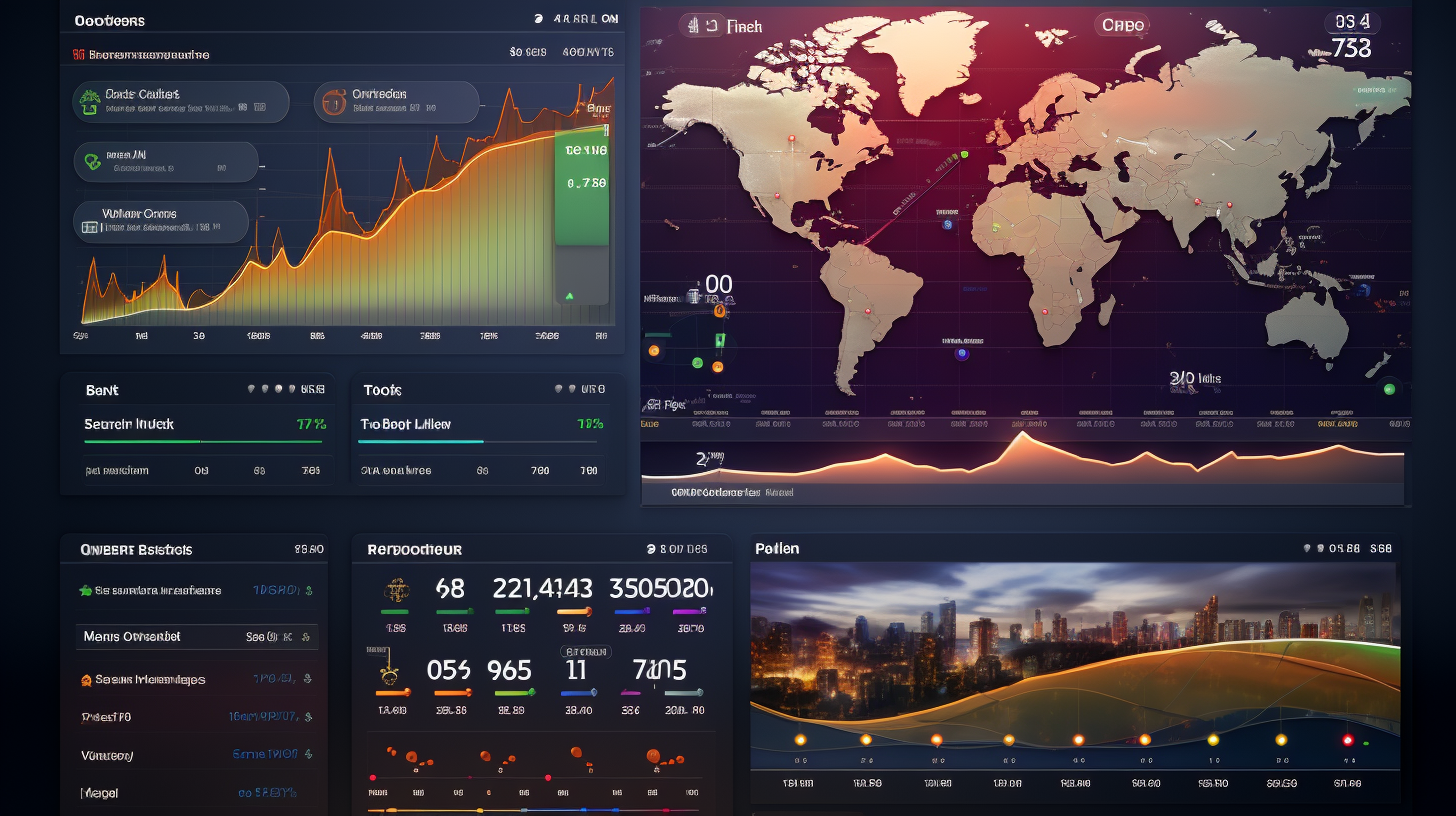The business world is constantly changing and innovating, making it difficult to stay ahead of the latest trends. But one way of ensuring success in our ever-evolving environment is the utilization of data-driven strategies to back up already intuitive decisions. By combining the power of our irrational intuition and the authority of data analysis, we can equip ourselves with the most powerful asset in business and beyond – foresight.
1. Exploring the Benefits of Intuitive Decision-Making
Intuitive decision-making has been a subject of fascination for thousands of years, with thinkers as varied as Leonardo Da Vinci and Henry David Thoreau writing on the subject. Philosophers and science have tried to explain the power behind the power of intuition, and to identify the benefits it can bring to decision-making.
Unlocking Intuition
Intuition relies on the swift reaction of our subconscious to the world around us. By unlocking intuition, we can put aside our analytical brains and tap into our deep and innate understanding of a given situation or a specific problem. Intuition brings to bear an understanding that goes beyond what our mind’s eye can provide. We can understand what a decision or situation requires, with less effort or worry.
The Benefits of Intuitive Decision-Making
- It can bring clarity to complex decisions
- It is often a faster way of reaching solutions
- It often reveals hidden solutions
- It can be used to access a deeper understanding of a problem or situation
By relying more on intuitive decision-making, we can access more creative solutions and an understanding of a situation that can’t be found with pure logic or analytical thought. This can put us in a powerful negotiating position when making decisions or even just forging ahead with everyday tasks. Sensitive to our environment and the situation at hand, intuitively inspired decision-making can inspire progress and bring greater efficiency to our lives.

2. Gaining Insight Through Data Analysis
Data analysis is a powerful way of gaining insight into business trends. By harnessing the power of Big Data, or the vast amount of data available, businesses can unlock valuable information about their markets and customers. Here is how data analysis can help a business uncover the latest trends, maximize their ROI, and make strategic decisions:
- Uncover trends: Data analysis can identify trends and patterns in customer behavior. It can help businesses learn about their customer demographics and preferences, allowing them to better tailor their products and services to the needs of their customers.
- Maximize ROI: By understanding customer behavior, businesses can create targeted campaigns and advertising strategies to boost ROI. Data analysis can also help businesses identify areas of growth and potential areas of improvement that otherwise could have gone unnoticed.
- Make strategic decisions: Data analysis can help businesses make informed decisions regarding their product and service offerings. By understanding customer data, businesses can make sure they have the right product mix and pricing to maximize their profits.
Data analysis has become an invaluable tool for businesses looking to maximize their potential and stay ahead of the competition. With the right data analysis tools and techniques, companies can gain valuable insight into their customers and stay current with emerging trends in their markets.
3. How to Integrate Data Gathering Methods
Once you have established a solid data gathering plan, it is time to actually go through the process of integrating the chosen methods into your project. To help with this, here are a few key steps that you should keep in mind:
- Identify the relevant people within the project who are responsible for data gathering and further analyzing the results
- Create a timeline that outlines when the different data gathering methods need to be used, as well as how much time will be allocated for the process
- Prepare the relevant resources needed for each data collection method in advance
- Collect data, analyze it, and then discuss the results to inform planning and decision making
Once the collection of data is complete, you can move on to developing models and graphics that bring the data to life. Depending on the methods you used to gather the data, the details and complexity of the graphics and models may vary. In any case, you should make sure that the graphics and models present the findings in a coherent and intuitive way so that stakeholders can easily understand and benefit from the outcomes.
Finally, once all analysis and conclusions have been achieved, it is important to communicate them to relevant stakeholders. Effective communication of data-driven findings is critical for creating meaningful action plans. This means taking the time to explain how the data was gathered and why it supports the conclusions that were drawn. It also involves distributing the results in a form that is accessible to all those involved.

4. Leveraging Data Insights to Improve Decisions
Data has become a vital tool in business decisions, however it needs to be leveraged correctly in order to ensure effective outcomes. There are several ways in which data insights can enable organizations to better develop decision-making processes and achieve desired results.
- By harnessing data insights, companies can make more informed decisions and deploy resources more efficiently.
- Data-driven decisions can reduce risk and create more successful outcomes.
- Data insights can help detect potential problems before they arise, allowing companies to make proactive changes.
Data-driven decisions can lead to substantial cost savings, improved operational efficiency and better customer experiences – all aspects that can increase the competitiveness of an organization. To capitalize on this, companies need to invest in technologies that will provide real-time data and insights. Once gained, it’s important to have the right processes and people in place to analyze and act on that data. This will help unlock the potential that data offers and ensure decisions are made more effectively.
5. Addressing the Challenges of Data-Driven Strategies
Data-driven strategies are a powerful tool for entrepreneurs and companies seeking to maximize their effectiveness and efficiency. But there are also unique challenges that must be confronted in order for these strategies to ensuring success. It’s important to be aware of them and how to handle them.
One of the major issues associated with data-driven strategies is the ability to interpret and apply the data. Inaccurate data or a lack of context can lead to misinformed decision-making and lack of foresight. For this reason, it’s important to ensure that the data sources are accurate and that they have carefully been interpreted. CEOs must also be able to recognize the limitations of data and not rely solely on it for decision-making.
Furthermore, data-driven strategies also require constant maintenance and management. Data sources must be kept up to date and regularly monitored to ensure that the insights gathered remain useful. The data must also be organized and analyzed in an appropriate way in order to extract the valuable insights hidden within. It’s a time consuming process that requires ongoing effort and expertise.
- Ensure data sources are accurate
- Recognize the limitations of data
- Regularly maintain and manage data

6. Understanding the Complexities of Intuitive Decision-Making
Making decisions based on intuition is both a difficult and delicate matter. We often feel that it offers us our greatest insight and understanding into our lives and the direction they should take. However, it is important to understand that it is easy to be overwhelmed and misguided by our feelings.
The key to making great intuitive decisions is to be mindful of several key elements:
- Trust Yourself: If you are in tune with who you are and your individual values and beliefs, you will be better able to make decisions from a place of trust.
- Honesty: It’s important to be honest with yourself when it comes to a decision you are making based on intuition. You must always be true to yourself.
- Belief: To trust in yourself and your own decisions, you must believe that your intuition is valid and will take you in the right direction.
These elements constitute the groundwork of a strong intuitive decision-making process. With practice and self-awareness, you can develop your ability to make informed decisions through looking within.
7. Strategically Applying Data-Driven Strategies
When driving strategic decision-making in the business world, data-driven strategies can be insightful and powerful tools. As such, they should be designed strategically and thoughtfully. Here are some of the key considerations to ensure the best possible outcome.
- Understand data limitations. Before designing or applying any strategies, it’s important to know the limitations of the data you have to work with. This information can be hard to come by, but it’s essential to using data-driven strategies responsibly.
- Be aware of existing biases. Data can be biased in many different ways, often related to its collection method. To accomplish anything meaningful it’s essential to be mindful of these biases and take steps to avoid reinforcing them.
- Choose the right metrics. Selecting the right metrics to measure is key for any successful data-driven strategy. Which data points you focus on will ultimately determine how accurately you understand the problem and the effectiveness of any solution.
Applying data-driven strategies effectively requires a deep understanding of data limits, existing biases, and the right metrics. Thankfully, there are several useful tools to gather and analyze data in order to make smarter decisions and stay competitive in today’s business environment.

8. Evaluating the Pros and Cons of Utilizing Data Analysis
Data analysis is a powerful tool for businesses seeking to increase their efficiency, profitability, and scope. By gathering and examining data, a business can gain an understanding of customer preferences, current trends, and likely future trends. With such insights, companies can more effectively strategize decisions and set their products and services apart from others. However, as with any strategy, deciding whether to employ data analysis requires a thorough assessment of the pros and cons.
The chief benefit of data analysis is the wealth of information it can provide. With access to data, businesses can track customer habits and even conduct market research. This knowledge can be used to tailor products and services to customers’ needs, and can provide insight into potential trends. Additionally, data analysis can also be used to identify any areas where money may be wasted and opportunities for improvement.
Despite these advantages, there are some drawbacks to data analysis. Inaccuracies in data can lead to inaccurate analyses, especially if data is from unverifiable sources. Additionally, data analysis requires investment in sophisticated software or hardware, as well as personnel who are knowledgeable about data analysis tools. Furthermore, data analysis can be an ethical minefield if it is not used properly and data protection is not respected.
- Pros
- Provide important insights
- Uncover waste and opportunities
- Cons
- Inaccuracies in data
- Requires software and personnel
- Ethical implications
9. Maximizing the Impact of Intuitive Decisions
We’ve all been in a situation where making an intuitive decision seems like the best course of action. However, without planning and execution, it’s hard to maximize the impact of these gut feelings. Fortunately, there are several strategies to consider when trying to do just that:
- Assess the Cost – Before jumping into a decision, it’s important to weigh up the possible benefits and drawbacks. Consider the tangible and intangible risks of your action before taking it.
- Convey Clear, Open-Ended Messaging – The words you use to express your decision can really influence how they are interpreted. Choose language that allows the people involved some space to explore the possibilities.
- Evaluate Regularly – Though it is up to you to implement and execute on your decision, there is value in seeking out a 2nd opinion. Other advisors can often offer an objective view of the outcome.
If you combine intuitive decisions with thoughtful analysis and action, you can reach far greater heights with far fewer risks. The beauty of taking intuitive leaps into the unknown is also in the attempt, so don’t fear knowing when to make the most of those moments.
Sometimes, taking a gamble may be just what you need to reap the biggest rewards. By following the tips above, you will be able to maximize the impact of your intuitive decisions and then seize all the opportunities that come from them.
10. Reaping the Rewards of Data-Driven Strategies
Data-driven strategies that are well executed yield significant rewards in any business endeavor. As such, it is important that organizations invest effort into properly leveraging data to inform their decisions. Here are ten signs that you’re reaping the rewards of your data-driven effort:
- Better customer service – Data helps inform your customer service team of customer interests, preferences and common customer problems.
- Premium pricing – Premium customers often seek data-backed solutions, and are willing to pay for services that are more extensive.
- Reducing costs – Gather consumer data and use it to inform whether certain costs should be cut or managed.
- Increased market insights – Understanding customer data can help you understand the market your company competes in, the specific needs of customers, areas where you have a competitive advantage and how to adjust your strategies as needed.
- Informed decisions – Data-driven strategies enable organizations to make better decisions faster.
- Improved forecasts – Accurate, data-driven forecasts are essential for any company that wants to remain agile and competitive.
Utilizing data-driven strategies keeps your organization on the cutting edge of achieving business objectives. It allows for greater innovation, improved customer service and better decision-making. Data gives insight into customer preferences, buying habits, and market conditions, helping you to find the most efficient routes for success.
Organizations that successfully implement data-driven strategies are well on their way to success. Services and operations can be optimized to meet customer demand and drive goals. Proactively leveraging data-driven strategies can provide long-term success to your business.
Data-driven strategies are playing an increasingly important role in improving the accuracy and effectiveness of decisions, especially when combined with personal intuition. With this newfound knowledge, we now have the power to make more informed, and ultimately more successful decisions in the future. Now is the time to embrace the potential of data analytics and leverage it to its full potential, in order to determine the best course of action for our future endeavors.
